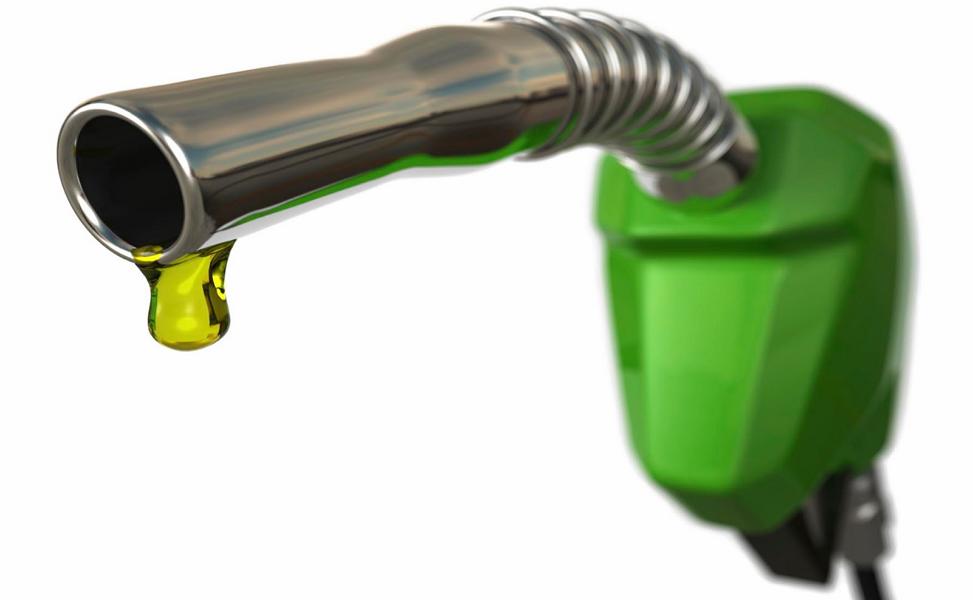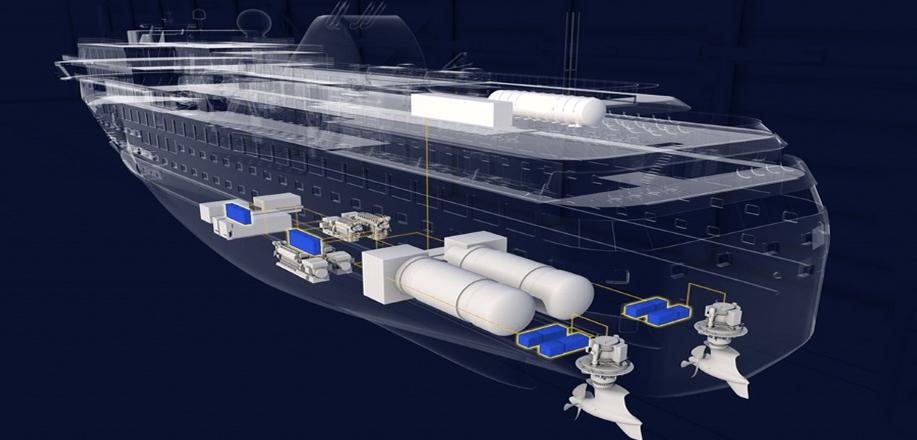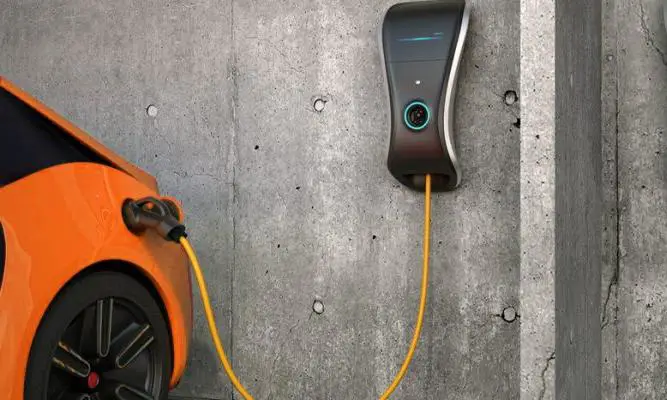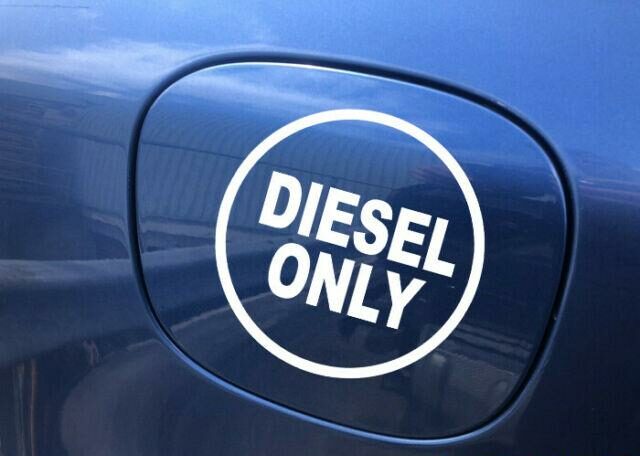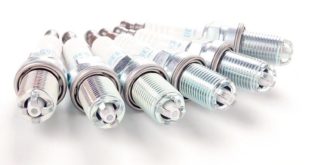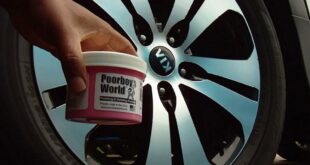In addition to e-mobility, there are other climate-friendly alternatives to conventional fuel, namely synthetic fuels. However, the question arises as to whether they will actually represent an alternative to electromobility in the future. That's what this post is about. The concept behind the synthetic fuels sounds promising. Because with the help of renewable energies that could total CO2 emissions of a car. And that around 70 to 80 percent. Nevertheless, politics will probably stick to the future E-mobility firmly. The reason for this is unclear because during the production of synthetic fuels (so artificially produced fuels / e-fuels) almost as much CO2 would be bound as is released again by the later combustion. This means that a vehicle that uses synthetic fuel would be virtually CO2-neutral. Apart from the emission that during the manufacture of the vehicle occurs. Apparently nobody wants to hear that!
Synthetic fuels? E-fuels!
 Who is only interested in very specific areas around the topic "Synthetic fuels? E-fuels!" iIf you are interested, you can use the following jump labels to navigate directly to the desired topic with just one click. And just as quickly you can return to this overview from the selected menu item with just one click. However, we recommend our readers to always read through the entire article. Some menu items are only really comprehensible and understandable once the complete information article has been read.
Who is only interested in very specific areas around the topic "Synthetic fuels? E-fuels!" iIf you are interested, you can use the following jump labels to navigate directly to the desired topic with just one click. And just as quickly you can return to this overview from the selected menu item with just one click. However, we recommend our readers to always read through the entire article. Some menu items are only really comprehensible and understandable once the complete information article has been read.
- Synthetic fuels - e-fuels!
- for trucks, ships or planes
- Are e-cars really better?
- Hydrogen as a great potential
- What does electrolysis do?
- How many H2 fuel pumps are there in Germany?
- Artificial natural gas is already ready for series production
- Synthetic natural gas (E-gas)
- Synthetic fuels
- Will the combustion engine survive after all?
- Production costs double
- E-fuels! Where is the deployment currently planned?
Synthetic fuels - e-fuels!
Another advantage would be that the e-fuels can and would use the existing filling station infrastructure no new drives necessary. Although the e-drive is hard to beat in terms of efficiency, at least when it is is operated with green electricity, the e-car has two serious weak points. On the one hand, the production of the battery emits more CO2 than a classic car; on the other hand, the range, charging times and options are not practical, and neither are the prices. But on the contrary. The constantly rising electricity prices make charging the vehicle battery unaffordable for many.
for trucks, ships or planes
In purely mathematical terms, it will take around 20 years until all cars in use are electrically powered, provided that from now on only pure electric cars will be sold. That's the theory. In practice, however, a period of 30 to 40 years can be expected. Unlike the electric car, it could E-fuel already improve the CO2 balance over this period. And not just for classic cars, but also for trucks, ships or even airplanes. This fuel could also be used in economically poorer regions where there is little e-mobility.
Are e-cars really better?
In many cases, analyzes to compare the efficiency of electric mobility and renewable fuels simply ignore important aspects of the energy economy. How do you charge the e-car when the sun isn't shining or the wind isn't blowing? If you want to guarantee 100% coverage from renewable energies, then you can only do this via the detour of intermediate storage using hydrogen. If required, the hydrogen is converted back into electricity in gas-fired power plants and then made available.
Hydrogen as a great potential
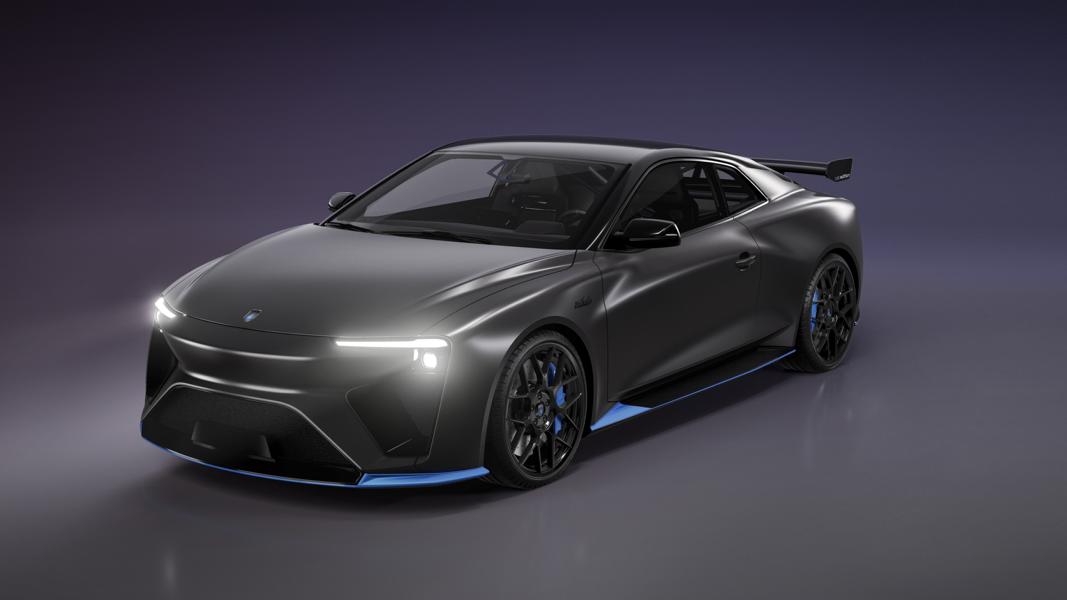
The connection between car and Hydrogen is well known. Because the big breakthrough has been preached for over ten years. Fuel cell vehicles that run on hydrogen are actually ready for series production. The best example are BMW i Hydrogen NEXT and the Gumpert Nathalie "First Edition" 2020. These models impress with their long range and short refueling times. But the drives are immensely expensive and the necessary filling station infrastructure is missing. The costs for this are around 2 billion euros in Germany alone.
What does electrolysis do?
Nevertheless, the concept is adhered to, because hydrogen is considered to be a central component of the energy transition. Electricity from renewable energies such as sun, water or wind is rarely available in exactly the right amount. If there is too much “juice”, it must be saved and called up when necessary. This is exactly what you can do with electrolysis. For this purpose, water heated to steam is split into hydrogen and oxygen using electricity generated from renewable sources. This technology is already being used in industry. Then the hydrogen can generate electricity again in a stationary fuel cell or a car. It is currently also worthwhile to use it to produce other fuels, because the expensive battery storage and the lack of power lines mean that it is “still” worthwhile at the moment.
How many H2 fuel pumps are there in Germany?
It remains to be seen whether hydrogen will be used in the future. While some Asian manufacturers are already offering fuel cell vehicles, the Germans are still hesitating and waiting for the filling station network to be expanded. There are currently in Germany around 30 H2 fuel pumps. By 2023, jointly 400 more stations get extended.
Artificial natural gas is already ready for series production
There are currently around 900 CNG taps available in Germany. This number is to be increased to 2025 by 2.000. So much for the plan from the VW Group, petrol station and gas network operators. In addition, a total of 2025 million natural gas cars should have been sold by 1. The fossil fuel CNG is more efficient than gasoline, while methane burns comparatively cleanly, with almost no particle emissions. However, the problem will not be resolved in the long term. Because natural gas is also a fossil fuel. This is why biologically and chemically produced natural gas is the solution. Biomethane is produced here by means of a fermentation process, which can be purified to natural gas quality. As a second-generation biofuel, it is already partly added to fossil natural gas. Seat Spain, on the other hand, is even taking a completely different approach. Namely on sewage sludge from wastewater that is used for fermentation.
Synthetic natural gas (E-gas)
Synthetic natural gas, also known as e-gas, is produced in a methanation plant from hydrogen and carbon dioxide (CO2). If green electricity and CO2 from the biogas plant are used for this, the fuel is climate-neutral. The synthetic natural gas can be used directly for the existing infrastructure via the public gas network. Audi has been successfully using this power-to-gas process for a number of years. Around 1.000 tons of e-gas are produced annually in Werlte in northern Germany. This would enable 1.500 cars to drive 15.000 kilometers CO2-neutrally. This is to be expected in the long term. That other corporations such as the parent company VW will participate in the concept.
Synthetic fuels
Research into gasoline and diesel is also ongoing in the industry. In the BTL process (Biomass to Liquid), fuels can be produced from waste and residues, whereby a synthesis gas is created in several steps, which is then chemically converted into fuel. That too PTL principle (Power to Liquid) is another alternative. As with natural gas, hydrogen from green electricity forms the basis of the process. In a two-stage process, a liquid is first created that can be compared to crude oil. This liquid can then be processed into an artificial diesel. Targeted control of the properties of diesel means that it burns more or less CO2-neutrally and is more efficient and cleaner than conventional diesel.
Will the combustion engine survive after all?
The advantages of combustion engines that are powered by climate-friendly synthetic fuels produced using green electricity are obvious. The use of clean hydrogen from green electricity could ensure the survival of the combustion engine. In the next few years we will not be able to produce enough green electricity to fully implement the energy transition. At least not if you also want to supply millions of e-cars with electricity. Importing electricity-based fuels from sunny countries would be one possibility. There you can produce green electricity much more effectively to produce synthetic fuel or climate-neutral blue hydrogen. And then you can ship it to Germany.
Production costs double
This already shows that the development of new fuels is now advancing. However, it remains to be seen whether the climate can still be saved with their help. The production of synthetic fuels currently costs around twice as much as fossil fuels. Reason: As an operator, you have to pay all the usual taxes and duties for the electricity required for electrolysis. That can easily be 80 percent or more of the electricity price. Even if only excess electricity from renewable energies is used. This is why electricity-based fuels can only be produced economically in a timely manner with the appropriate laws and political support.
E-fuels! Where is the deployment currently planned?
Currently, however, their use is only planned for aircraft and ships, according to the Federal Environment Ministry. And this although the e-fuels would represent an excellent interim solution for cars until they are fully electrified. In addition, key technologies could be anchored in Germany that would otherwise be used abroad, as experts currently fear. In spite of everything, the further development of synthetic fuels will (unfortunately) depend on close cooperation with politicians.
Of course that had not happened yet!
tuningblog has countless other articles on the subject of car and auto tuning in stock. Do you want to see them all? Just click HERE and look around. In part, we would like to provide you with news but also off the tuning. In our category Tips, products, information & Co We have reviews of car or accessories manufacturers, new ones Tuning Wiki Terms or one or the other Leak veröffentlicht. Following an excerpt of the last articles:
"Tuningblog.eu" - we keep you up to date on the subject of car tuning and car styling with our tuning magazine and we present you the latest tuned vehicles from all over the world every day. It's best to subscribe to ours Feed and will automatically be informed as soon as there is something new about this post, and of course also to all other contributions.
 tuningblog.eu Your magazine about tuning the car
tuningblog.eu Your magazine about tuning the car

